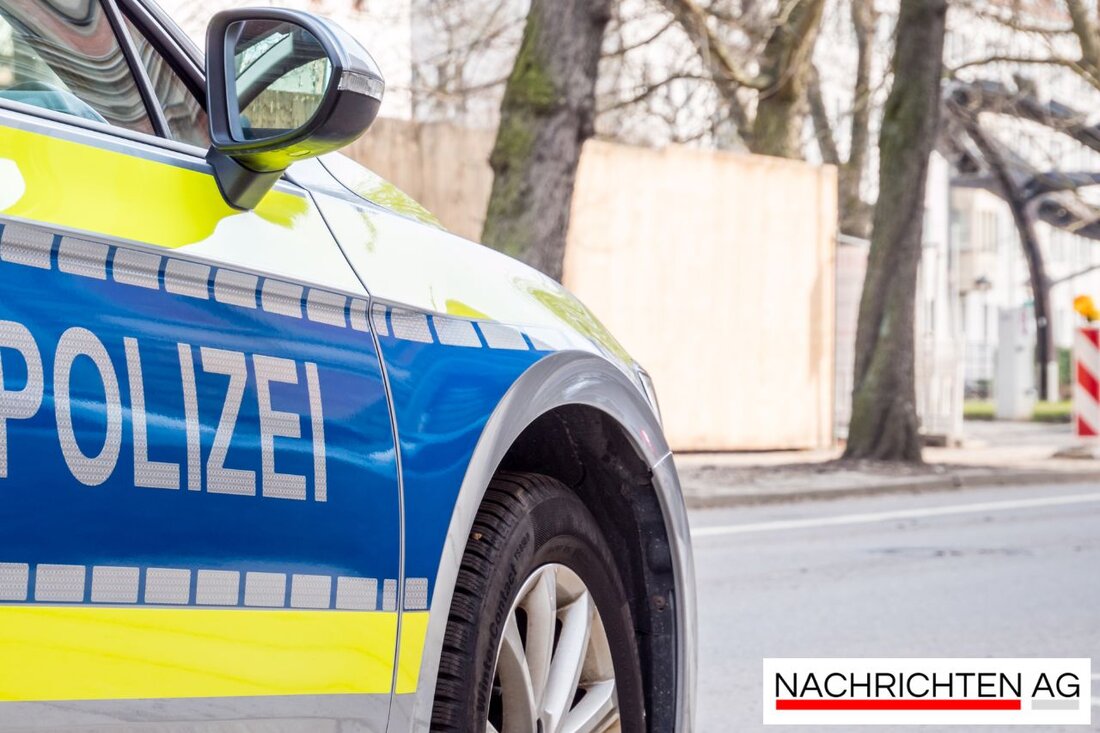Activists occupy Bierpinsel in Steglitz: Protest against gentrification!
Activists occupy the Bierpinsel in Steglitz, demand alternative uses and protest against gentrification. Police clear.

Activists occupy Bierpinsel in Steglitz: Protest against gentrification!
On Saturday, October 19, 2025, activists occupied the Bierpinsel in Berlin-Steglitz. The occupation will further increase the popularity of this 47 meter high building, built in 1976 and known for its futuristic architecture. The activists' goal is to demand an alternative use for the building, which has been vacant for several years, and to protest against ongoing gentrification. Loud rbb24 Around 40 people gathered in front of the Bierpinsel who handed out leaflets and hung up posters. They demand shared use of the property and affordable housing.
The police intervened around 6 p.m. and began clearing the Bierpinsel. 15 people were temporarily arrested. It was difficult to establish the identity of those arrested because some of them had sticky fingertips. The active participation of the police resulted in 13 people being removed from the building, while two others were on a porch. The owner Götz Fluck had previously filed a complaint for trespassing and property damage. Fluck plans to use the lower floor of the Bierpinsel for open spaces for the Free University of Berlin, while the first two floors will be used for offices and the top floor will be used for catering purposes. He rejects the demands for more open spaces and points to monument protection requirements and fire protection problems.
History of the beer brush
The building, which opened in 1976 and faced financial difficulties during its construction, is now a protected structure. The name “Bierpinsel” is derived from the brush-like appearance of the vertical steel beams, which are reminiscent of the former catering establishment. However, this gastronomic use is actually only available to a limited extent due to new lease agreements. Wikipedia describes the Bierpinsel as part of the Pop Art movement and explains that the property has been a listed building since 2017.
The difficulties surrounding the Bierpinsel are part of a larger issue that affects many Berlin districts: gentrification and displacement. These processes, which are characterized by increasing demand for living space in urban centers, put a particular strain on long-term residents. Policy measures to combat this challenge show mixed results. Berlin intensively describes how old existing properties are often renovated or newly built without taking existing tenants into account. This leads to social tensions and a loss of neighborhoods.
Investors are recognizing the economic potential of dreamy neighborhoods, which is leading to appreciation and rising rental prices. The supply of affordable housing is becoming increasingly precarious, especially in former, less popular districts. District initiatives therefore advocate for affordable housing and the interests of local residents. The future prospects show that participatory urban planning is necessary to maintain social housing in order to enable harmonious coexistence in the affected districts.

 Suche
Suche
 Mein Konto
Mein Konto
